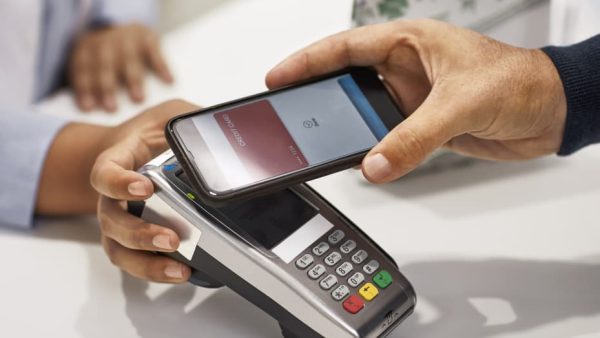
How to Use Apple Pay In-Store
Our fast-moving, digital world is changing how we conduct commerce. The introduction of mobile payment methods like Apple Pay, which turn our smartphones into practical and safe wallets, is one example of this trend. We’ll take you step-by-step on how to use Apple Pay in-store, which provides a smooth and contactless payment method.
Setting Up Apple Pay:
Before you can use Apple Pay at stores, you need to set up the feature on your iPhone or Apple Watch.
1. Open the Wallet App: Launch the Wallet app on your iPhone.
2. Tap on Add Credit or Debit Card: Select “Add Credit or Debit Card” and follow the on-screen instructions.
3. Add Your Card: Use your iPhone’s camera to capture your card details or enter them manually.
4. Verify Your Card: Verify your card through the verification process provided by your bank.
5. Add Multiple Cards: Repeat the process to add multiple cards if desired.
Using Apple Pay In-Store:
With Apple Pay set up, you can now use it for contactless payments at participating stores.
1. Look for the Apple Pay Symbol: When you’re ready to make a purchase, check for the Apple Pay symbol at the payment terminal.
2. Authenticate with Face ID or Touch ID:
- Double-press the side button on your iPhone or double-press the side button on your Apple Watch.
- Authenticate using Face ID or Touch ID, depending on your device.
3. Hold Your Device Near the Terminal: Hold your iPhone or Apple Watch near the contactless payment terminal.
4. Wait for Confirmation: Wait for the transaction to process. You might feel a subtle vibration or hear a sound indicating a successful payment.
Security and Privacy:
Understanding the security features of Apple Pay is crucial for a worry-free experience.
1. Tokenization: Apple Pay uses tokenization, a process that replaces your card details with a unique token, ensuring your actual card information remains secure.
2. Secure Element: The Secure Element, a dedicated chip on your device, stores and encrypts payment information.
3. Face ID or Touch ID Authentication: Biometric authentication adds an extra layer of security to every transaction.
Troubleshooting Tips:
In case you encounter any issues while using Apple Pay, here are some troubleshooting tips:
1. Check Compatibility: Ensure the store accepts Apple Pay by looking for the Apple Pay symbol.
2. Verify Card Activation: Confirm that the card you’re using with Apple Pay is active and not expired.
3. Update Software: Keep your iPhone and Apple Watch software up to date to access the latest features and security enhancements.
Conclusion:
Your mobile device becomes a flexible and safe payment method when you use Apple Pay in-store. You may take advantage of Apple Pay’s sophisticated security features and the ease of contactless purchases by following these easy steps. With confidence, bid conventional wallets farewell and welcome the world of payment technologies.

Leave a Reply